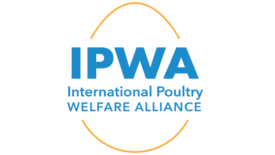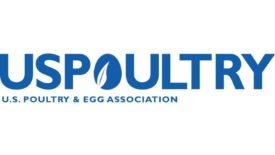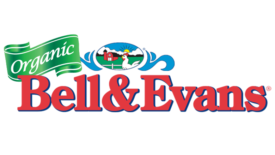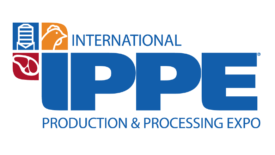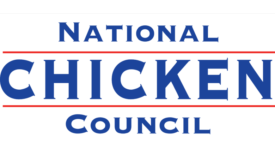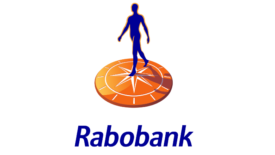Home » poultry industry
Articles Tagged with ''poultry industry''
These training modules are designed to complement IPWA's Key Welfare Indicator Guides.
Read More
USPOULTRY Foundation awards two student-recruiting grants
Emmanuel University in Franklin Springs, Georgia, receives a $4,484 grant.
Read More
Messer recognizes poultry processor with sustainability award
Both companies look forward to continuing their collaborative efforts.
Read More
Ancera unveils two new microbial detection tools for poultry
Assays identify Clostridium perfringens and total viable bacteria to address critical challenges in poultry live operations and processing.
Read More
USPOULTRY Foundation awards student recruiting grant to Kansas State University
The USPOULTRY Foundation awards a $5,600 grant.
Read More
USPOULTRY presents poultry research and findings at IPPE
Researchers review their USPOULTRY-funded research projects completed during 2023.
Read More
NCC requests extension for USDA’s poultry grower contracting rule
NCC submits a request to the secretary of agriculture for a 180-day extension.
Read More
Avian flu strikes more poultry flocks as WOAH weighs in on vaccination and trade
Current control tools might not be enough to manage avian flu outbreaks.
Read More
USPOULTRY Foundation awards recruitment grant to North Carolina community college
North Carolina-based Wilkes Community College is positioned to provide students with an entry into the poultry industry, as several large companies are located in the region.
Read More
Global poultry industry recovers for 2024
Rabobank releases 2024 outlook for the global poultry market.
Read More
Get our new eMagazine delivered to your inbox every month.
Stay in the know with The National Provisioner's comprehensive coverage of the meat and poultry processing industry.
SUBSCRIBE TODAY!Copyright ©2024. All Rights Reserved BNP Media.
Design, CMS, Hosting & Web Development :: ePublishing
